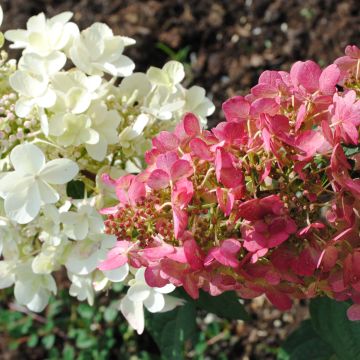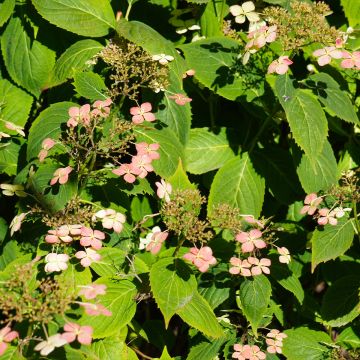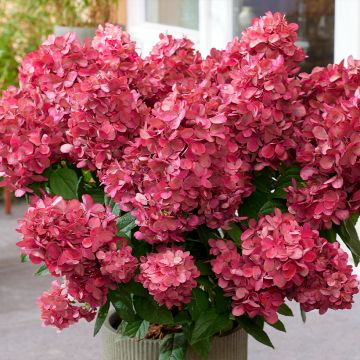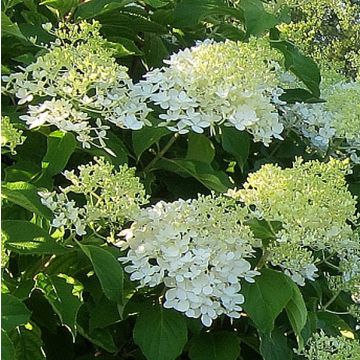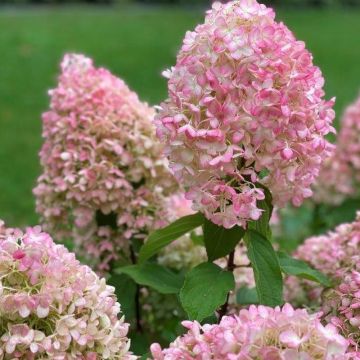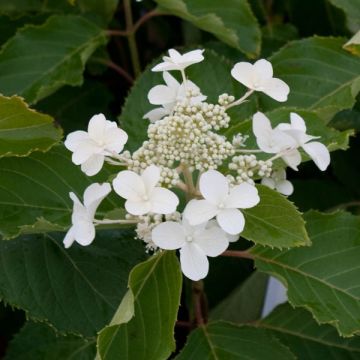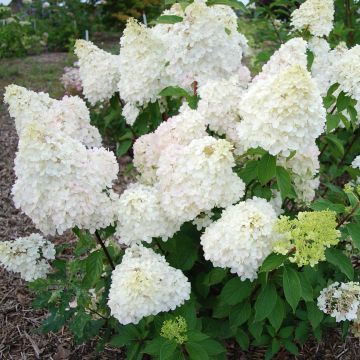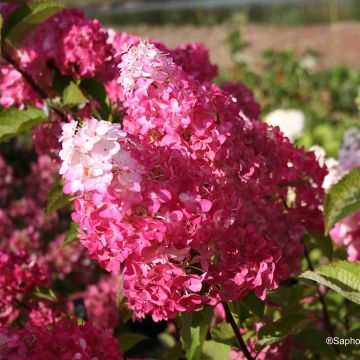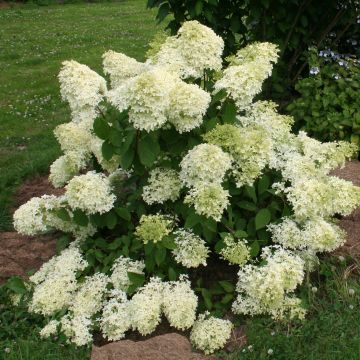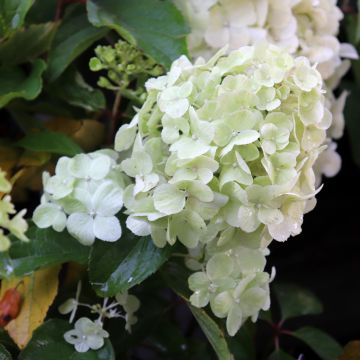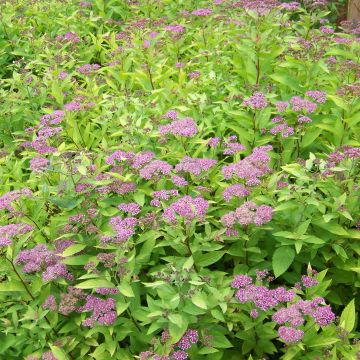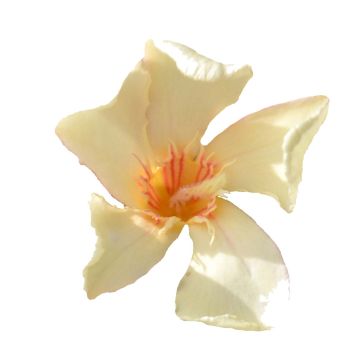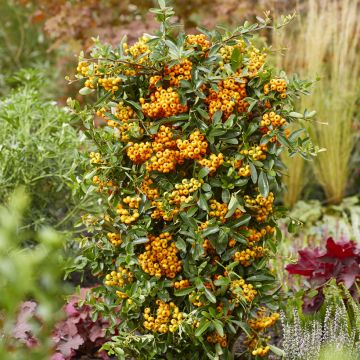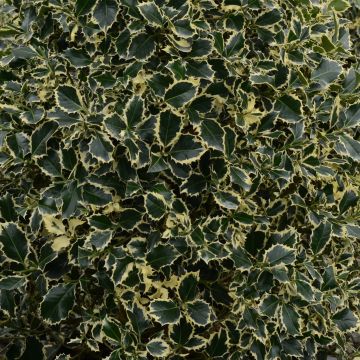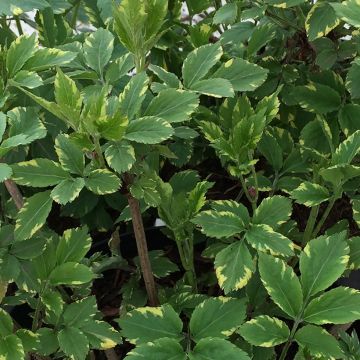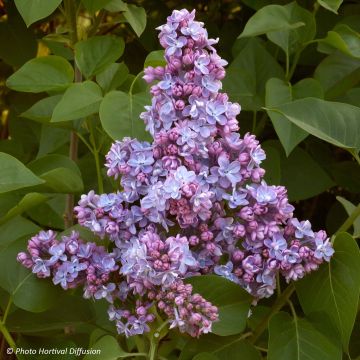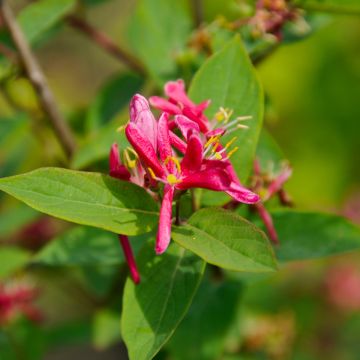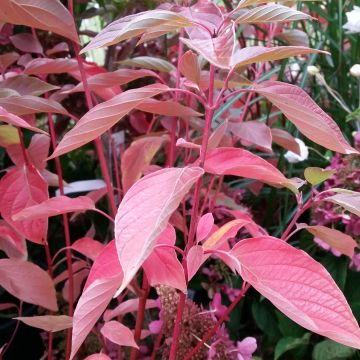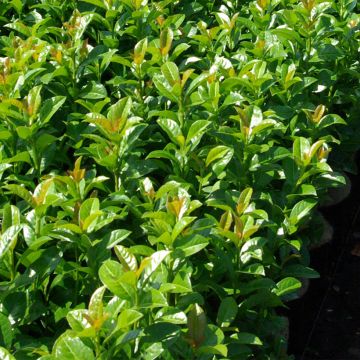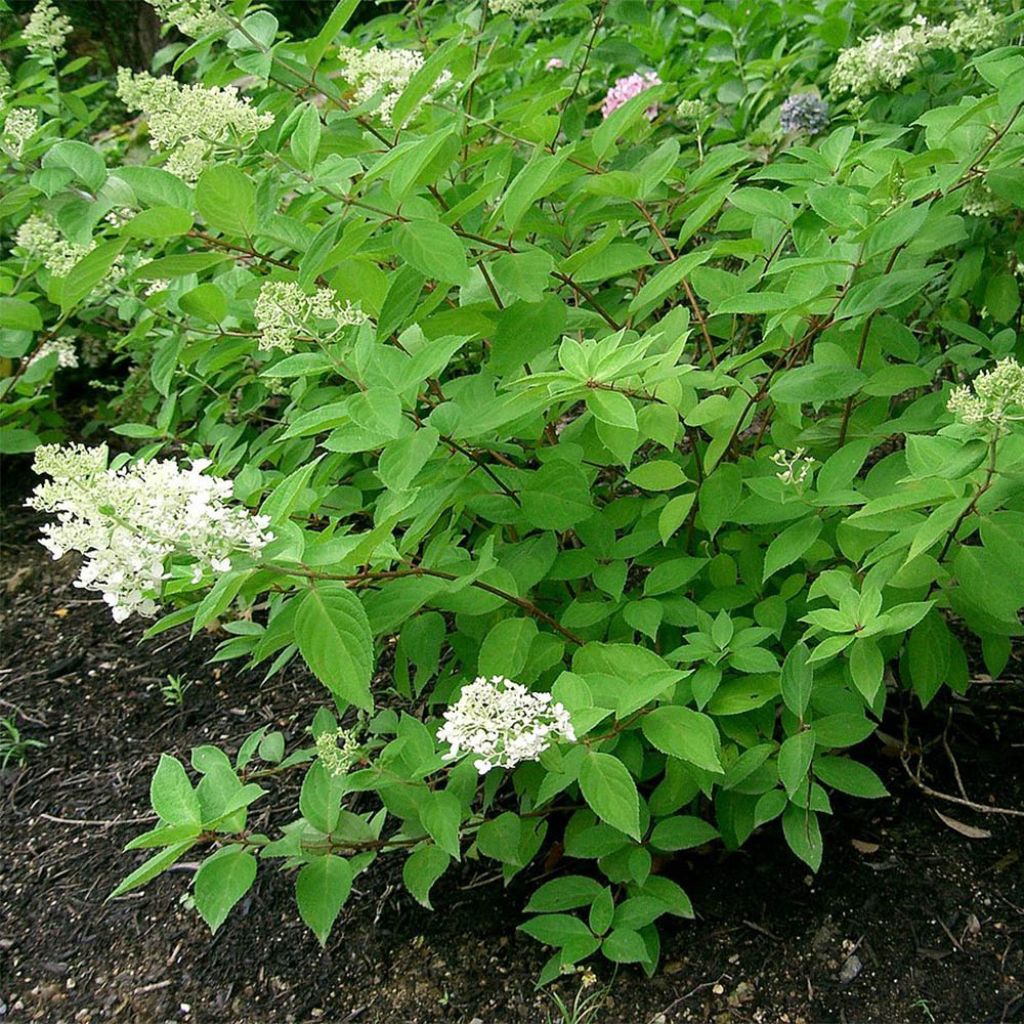

Hydrangea paniculata Grandiflora
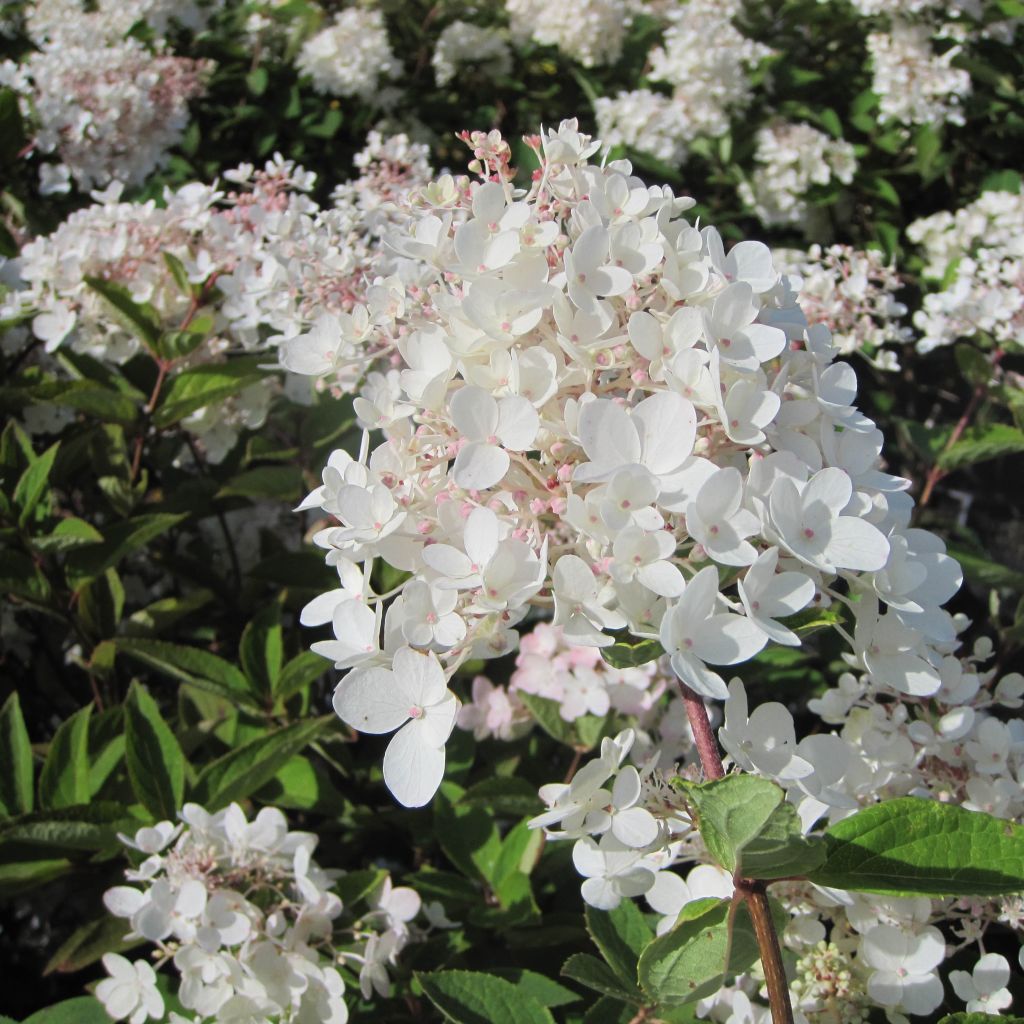

Hydrangea paniculata Grandiflora
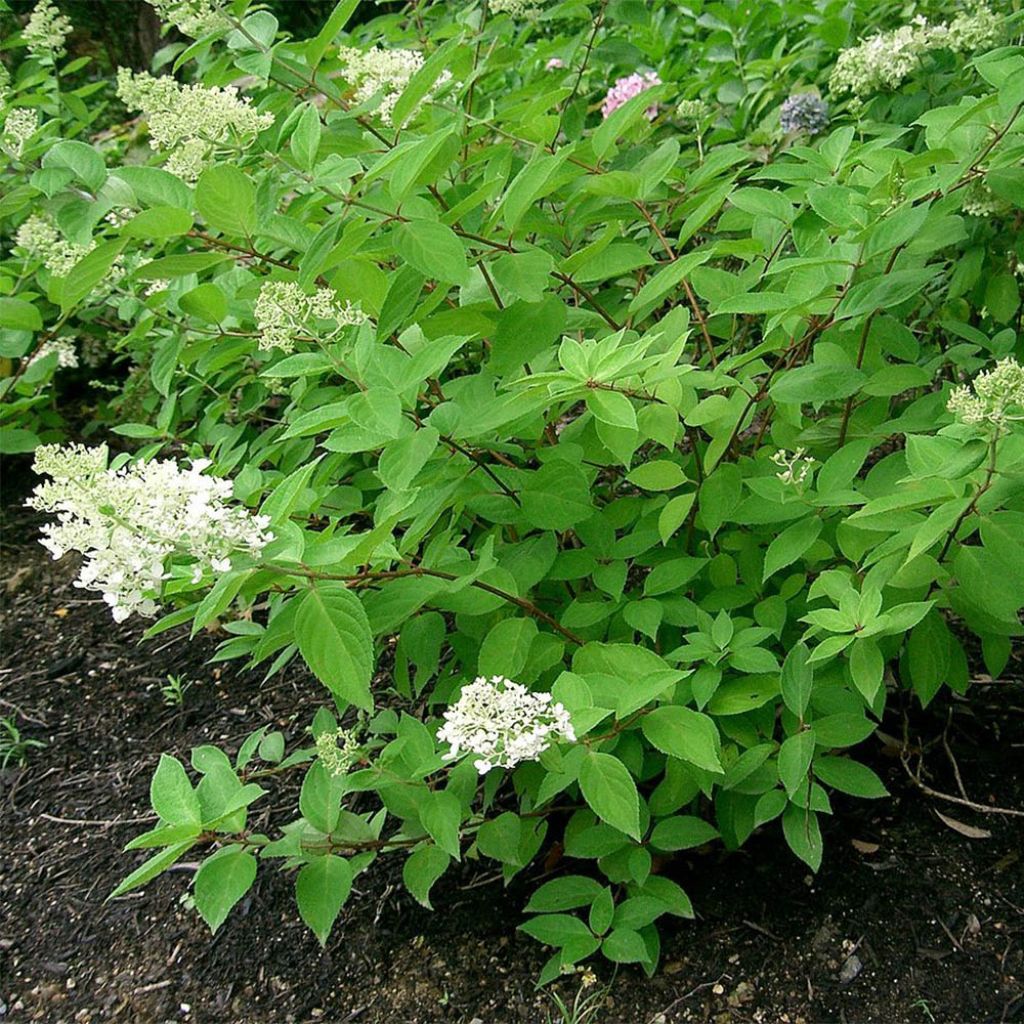

Hydrangea paniculata Grandiflora
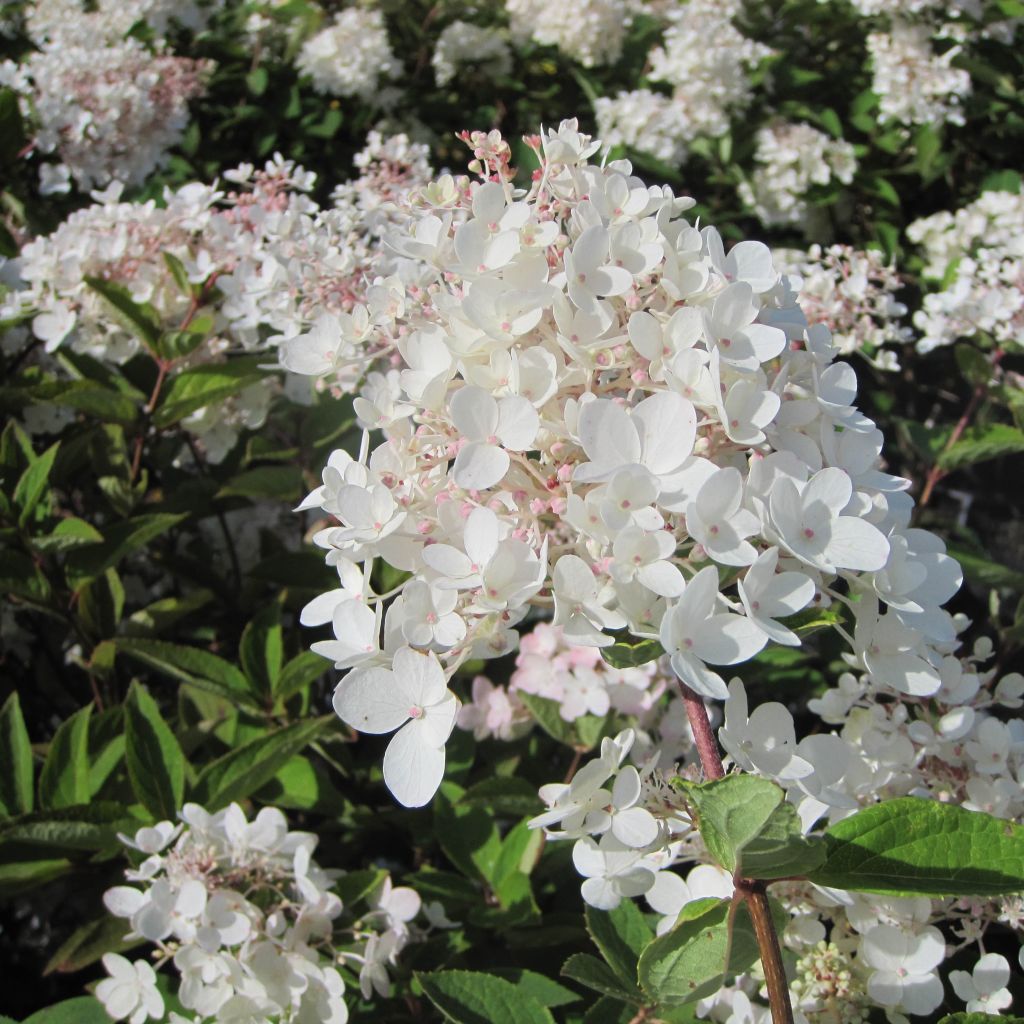

Hydrangea paniculata Grandiflora
Hydrangea paniculata Grandiflora
Hydrangea paniculata Grandiflora
Paniculate Hydrangea, Panicled Hydrangea, Panicle Hydrangea
This item cannot be shipped to the selected country
Delivery charge from €5.90
Delivery charge from €5.90
Delivery charge from €5.90
Oversize package delivery charge from €6.90
More information
Schedule delivery date,
and select date in basket
This plant carries a 24 months recovery warranty
More information
We guarantee the quality of our plants for a full growing cycle, and will replace at our expense any plant that fails to recover under normal climatic and planting conditions.
From €5.90 for pickup delivery and €6.90 for home delivery
Express home delivery from €8.90.
From €5.90 for pickup delivery and €6.90 for home delivery
Express home delivery from €8.90.
From €5.90 for pickup delivery and €6.90 for home delivery
Express home delivery from €8.90.
Oversize package: home delivery by special carrier from €6.90 per order..
Express home delivery from €8.90.
Does this plant fit my garden?
Set up your Plantfit profile →
Description
Hydrangea paniculata Grandiflora is a stunning deciduous shrub that produces an abundance of beautiful white flower heads, which fade to an old rose, along with gorgeous dark green foliage that turns golden in autumn. This hydrangea is easy to grow and highly resilient, tolerating both full sun and partial shade and various soil conditions, provided the soil is well-drained. This large-scale hydrangea shrub will undoubtedly steal the show throughout the summer and into autumn!
The Hydrangea paniculata belongs to the Hydrangea family and is native to Korea, southeast China, Japan, and Russia (Sakhalin and Kuril Islands). It originates from deciduous forests and is a classic variety of the genus and the most commonly cultivated form since its introduction to the West. This plant grows quickly, forming a large bush with brown stems measuring 2.50 to 4 m (8 ft 2 in - 13 ft 1 in) in all directions. The plant's bushy, upright and vigorous habit is characterised by deciduous foliage that appears late in spring. The leaves are ovate and pointed, dark green, and measure 7 to 15 cm (2.8 - 5.9 in) in length. The foliage turns into a stunning golden yellow in autumn if the cold weather doesn't set in too quickly.
The Hydrangea paniculata is a highly floriferous plant with many conical, dense, and compact panicles. These panicles measure about 30 to 40 cm (11.8 - 15.7 in) in length and are made up almost entirely of sterile flowers. The flowers begin as greenish-white, then turn creamy-white, and gradually evolve into an old rose towards the end of the season. As the branches bear the weight of the flower heads, they gracefully arch, giving the bush a larger appearance. The flowers remain on the bush throughout winter, beautifully decorating the garden during the dormant season. They look particularly stunning when covered in frost.
The Hydrangea paniculata is a large plant perfect for gardens rather than pot cultivation. It is highly adaptable, easy to grow, and extremely hardy. It can survive in full sun, partial shade, and ordinary soil, even poor or rocky soil, as long as it is well-drained. There are many ways to incorporate this plant into your garden, including using it in a free hedge, as a standalone specimen, or integrating it into a bed of trees and shrubs with perennial plants. It pairs well with shrubs with remarkable evergreen foliage, dark or variegated leaves, coloured stems such as certain dogwoods, or summer or late-flowering shrubs. This contrasts with the colour of the Hydrangea paniculata, which blooms all summer long with changing hues, providing a spectacle in both summer and autumn and winter! Removing faded flowers at the end of the season is unnecessary, as they remain decorative throughout the winter and protect the stems in case of severe frost. However, if you can't resist, hydrangeas make beautiful bouquets, whether fresh or dried.
Report an error about the product description
Hydrangea paniculata Grandiflora in pictures
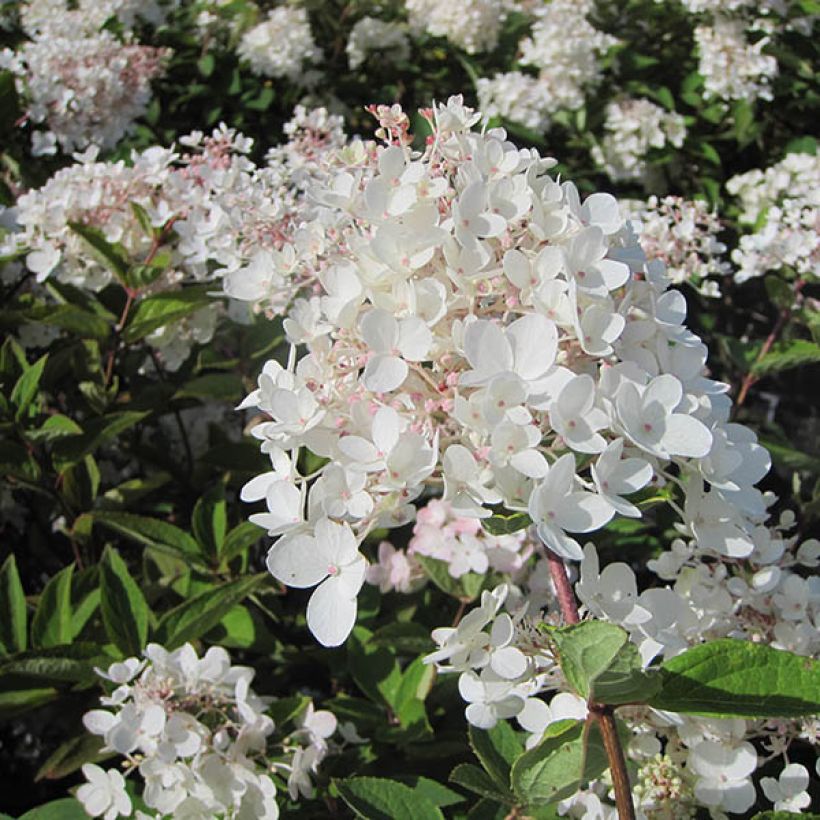

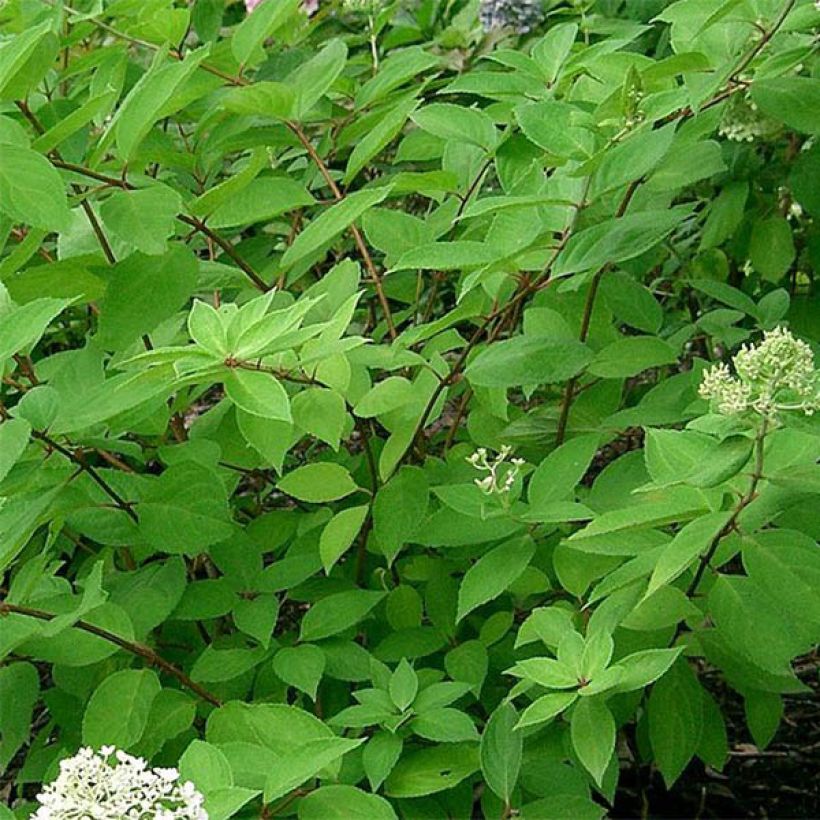

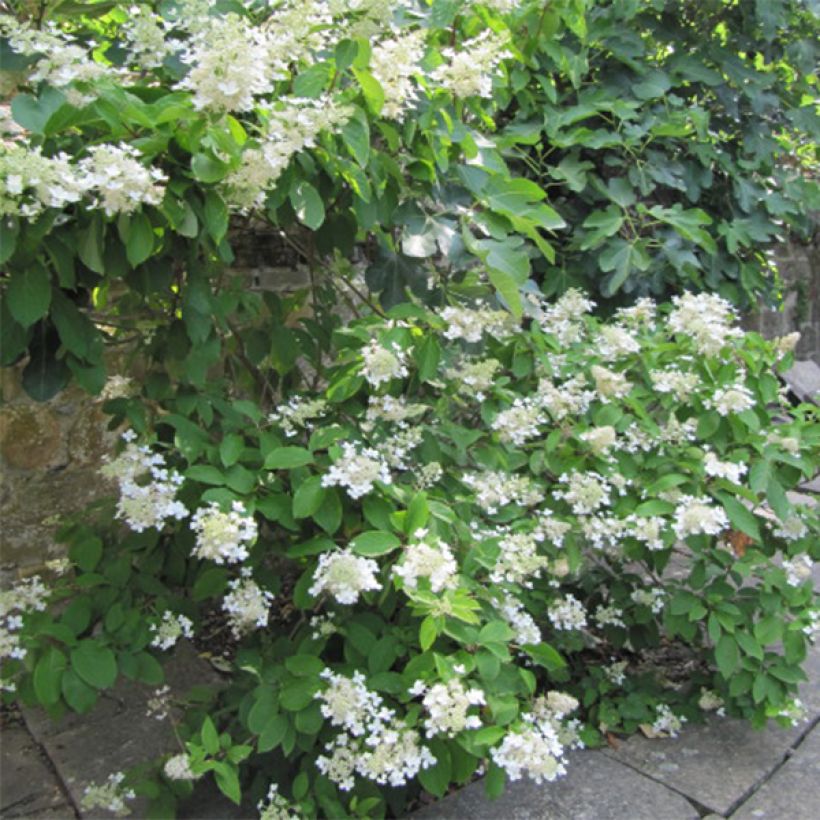

Plant habit
Flowering
Foliage
Botanical data
Hydrangea
paniculata
Grandiflora
Hydrangeaceae
Paniculate Hydrangea, Panicled Hydrangea, Panicle Hydrangea
Cultivar or hybrid
Other Hydrangea Paniculata
Planting and care
The Hydrangea paniculata Grandiflora is a large bush that is easy to grow and requires little maintenance. It can thrive in areas that receive full sun or partial shade. The flowers and autumn foliage will be more vibrant when the plant is grown in full sun. This plant is hardy and can endure harsh climates, tolerating temperatures as low as -15°C (5°F). It can adapt to different soil types but requires well-drained, acidic to neutral soil. You can improve the soil with a layer of leaf compost every spring, but it will still grow well in humus-rich, acidic, ordinary, poor, or rocky soils. However, it is not tolerant of heavy soils, so you should add sand or gravel to improve drainage.
When planting, whether in spring or autumn, it is crucial to prepare the soil properly and incorporate a good base fertiliser such as blood, fish and bone. Leave a space of 1m (3 ft 4 in) to 1.50m (4 ft 11 in) around the plant to allow it to grow to its full potential. While it prefers moist soil, it can tolerate temporary drought reasonably well. During the initial year, it is advisable to water it regularly and amply, especially if it is grown under direct sunlight. Watering it frequently during its flowering phase is also recommended, but be careful not to wet the leaves and flowers. During planting, which can be done in spring or autumn, work the soil well and add a good base fertiliser such as blood, fish and bone. Allow a space of 1m (3 ft 4 in) to 1.50m (4 ft 11 in) around it so it has room to spread. Although it prefers moist soil, it can tolerate temporary drought reasonably well. During the first year, it is recommended to water it regularly and deeply, especially if it is grown in full sun. Frequent watering during flowering is also advised, taking care not to wet the foliage and flowers.
Planting period
Intended location
Care
-
, onOrder confirmed
Reply from on Promesse de fleurs
Hedge shrubs
Haven't found what you were looking for?
Hardiness is the lowest winter temperature a plant can endure without suffering serious damage or even dying. However, hardiness is affected by location (a sheltered area, such as a patio), protection (winter cover) and soil type (hardiness is improved by well-drained soil).

Photo Sharing Terms & Conditions
In order to encourage gardeners to interact and share their experiences, Promesse de fleurs offers various media enabling content to be uploaded onto its Site - in particular via the ‘Photo sharing’ module.
The User agrees to refrain from:
- Posting any content that is illegal, prejudicial, insulting, racist, inciteful to hatred, revisionist, contrary to public decency, that infringes on privacy or on the privacy rights of third parties, in particular the publicity rights of persons and goods, intellectual property rights, or the right to privacy.
- Submitting content on behalf of a third party;
- Impersonate the identity of a third party and/or publish any personal information about a third party;
In general, the User undertakes to refrain from any unethical behaviour.
All Content (in particular text, comments, files, images, photos, videos, creative works, etc.), which may be subject to property or intellectual property rights, image or other private rights, shall remain the property of the User, subject to the limited rights granted by the terms of the licence granted by Promesse de fleurs as stated below. Users are at liberty to publish or not to publish such Content on the Site, notably via the ‘Photo Sharing’ facility, and accept that this Content shall be made public and freely accessible, notably on the Internet.
Users further acknowledge, undertake to have ,and guarantee that they hold all necessary rights and permissions to publish such material on the Site, in particular with regard to the legislation in force pertaining to any privacy, property, intellectual property, image, or contractual rights, or rights of any other nature. By publishing such Content on the Site, Users acknowledge accepting full liability as publishers of the Content within the meaning of the law, and grant Promesse de fleurs, free of charge, an inclusive, worldwide licence for the said Content for the entire duration of its publication, including all reproduction, representation, up/downloading, displaying, performing, transmission, and storage rights.
Users also grant permission for their name to be linked to the Content and accept that this link may not always be made available.
By engaging in posting material, Users consent to their Content becoming automatically accessible on the Internet, in particular on other sites and/or blogs and/or web pages of the Promesse de fleurs site, including in particular social pages and the Promesse de fleurs catalogue.
Users may secure the removal of entrusted content free of charge by issuing a simple request via our contact form.
The flowering period indicated on our website applies to countries and regions located in USDA zone 8 (France, the United Kingdom, Ireland, the Netherlands, etc.)
It will vary according to where you live:
- In zones 9 to 10 (Italy, Spain, Greece, etc.), flowering will occur about 2 to 4 weeks earlier.
- In zones 6 to 7 (Germany, Poland, Slovenia, and lower mountainous regions), flowering will be delayed by 2 to 3 weeks.
- In zone 5 (Central Europe, Scandinavia), blooming will be delayed by 3 to 5 weeks.
In temperate climates, pruning of spring-flowering shrubs (forsythia, spireas, etc.) should be done just after flowering.
Pruning of summer-flowering shrubs (Indian Lilac, Perovskia, etc.) can be done in winter or spring.
In cold regions as well as with frost-sensitive plants, avoid pruning too early when severe frosts may still occur.
The planting period indicated on our website applies to countries and regions located in USDA zone 8 (France, United Kingdom, Ireland, Netherlands).
It will vary according to where you live:
- In Mediterranean zones (Marseille, Madrid, Milan, etc.), autumn and winter are the best planting periods.
- In continental zones (Strasbourg, Munich, Vienna, etc.), delay planting by 2 to 3 weeks in spring and bring it forward by 2 to 4 weeks in autumn.
- In mountainous regions (the Alps, Pyrenees, Carpathians, etc.), it is best to plant in late spring (May-June) or late summer (August-September).
The harvesting period indicated on our website applies to countries and regions in USDA zone 8 (France, England, Ireland, the Netherlands).
In colder areas (Scandinavia, Poland, Austria...) fruit and vegetable harvests are likely to be delayed by 3-4 weeks.
In warmer areas (Italy, Spain, Greece, etc.), harvesting will probably take place earlier, depending on weather conditions.
The sowing periods indicated on our website apply to countries and regions within USDA Zone 8 (France, UK, Ireland, Netherlands).
In colder areas (Scandinavia, Poland, Austria...), delay any outdoor sowing by 3-4 weeks, or sow under glass.
In warmer climes (Italy, Spain, Greece, etc.), bring outdoor sowing forward by a few weeks.

































